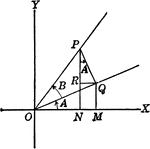
Angles Used to Illustrate Sum and Difference of Two Angles
Angles used to illustrate the sum and difference of two angles and trig identities.

Sum of 2 Acute Angles
Illustration of two triangles, showing the sine of the sum of two acute angles expressed in terms of…

Reference Angles/Triangles Formed by Angles in Quadrants
Lines drawn to horizontal to form triangle ratios (reference triangles, angles).
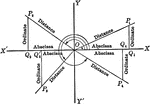
Reference Angles/Triangles Formed by Angles in Quadrants With Labels
Lines drawn to horizontal to form triangle ratios (reference triangles, angles). Axes, quadrants, abscissa,…

Ambiguous Case
Illustration of one possible outcome (no triangle occurs) when discussing the ambiguous case using the…
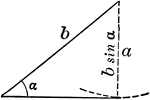
Ambiguous Case
Illustration of one possible outcome (1 triangle occurs) when discussing the ambiguous case using the…
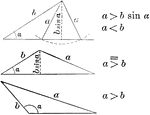
Ambiguous Case
Illustration of one possible outcome (2 triangles occur) when discussing the ambiguous case using the…
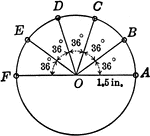
Circle With 36 degree Angles and Radius 1.5 in.
Circle with 36 degree angles marked. This diagram can be used with the following trig problem: Locate…
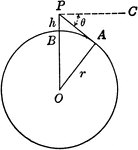
Circle With Center o and Radius r with point P
Circle modeling the earth. O is the center of the earth, r the radius of the earth, and h the height…
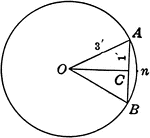
Circle With a Chord of 2 ft. and a Radius of 3 ft.
Circle with chord AB=2 ft. and radius OA = 3 ft.. Triangle AOC is a right triangle. Angle AOC=half angle…

Unit Circle
Illustration of a unit circle (circle with a radius of 1) superimposed on the coordinate plane. The…
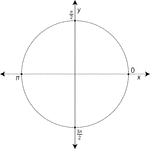
Unit Circle Labeled At Quadrantal Angles
Illustration of a unit circle (circle with a radius of 1) superimposed on the coordinate plane with…

Unit Circle Labeled At Special Angles
Illustration of a unit circle (circle with a radius of 1) superimposed on the coordinate plane with…
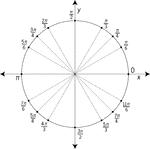
Unit Circle Labeled At Special Angles
Illustration of a unit circle (circle with a radius of 1) superimposed on the coordinate plane with…
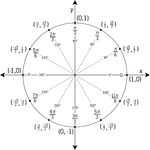
Unit Circle Labeled In 30° Increments With Values
Illustration of a unit circle (circle with a radius of 1) superimposed on the coordinate plane with…
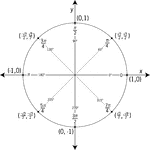
Unit Circle Labeled In 45 ° Increments
Illustration of a unit circle (circle with a radius of 1) superimposed on the coordinate plane with…
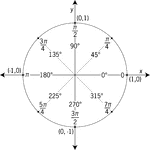
Unit Circle Labeled In 45° Increments With Values
Illustration of a unit circle (circle with a radius of 1) superimposed on the coordinate plane with…
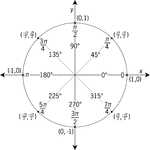
Unit Circle Labeled In 45° Increments With Values
Illustration of a unit circle (circle with a radius of 1) superimposed on the coordinate plane with…
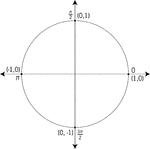
Unit Circle Labeled With Quadrantal Angles And Values
Illustration of a unit circle (circle with a radius of 1) superimposed on the coordinate plane. All…
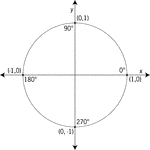
Unit Circle Labeled With Quadrantal Angles And Values
Illustration of a unit circle (circle with a radius of 1) superimposed on the coordinate plane with…

Unit Circle Labeled With Quadrantal Angles And Values
Illustration of a unit circle (circle with a radius of 1) superimposed on the coordinate plane with…
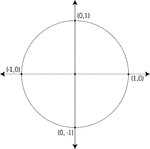
Unit Circle Labeled With Quadrantal Values
Illustration of a unit circle (circle with a radius of 1) superimposed on the coordinate plane. At each…
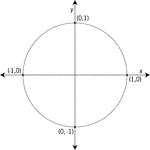
Unit Circle Labeled With Quadrantal Values
Illustration of a unit circle (circle with a radius of 1) superimposed on the coordinate plane with…
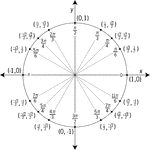
Unit Circle Labeled With Special Angles And Values
Illustration of a unit circle (circle with a radius of 1) superimposed on the coordinate plane with…
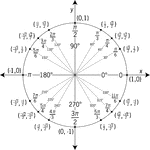
Unit Circle Labeled With Special Angles And Values
Illustration of a unit circle (circle with a radius of 1) superimposed on the coordinate plane with…
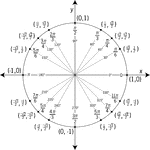
Unit Circle Labeled With Special Angles And Values
Illustration of a unit circle (circle with a radius of 1) superimposed on the coordinate plane with…
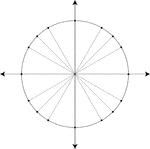
Unit Circle Marked At Special Angles
Illustration of a unit circle (circle with a radius of 1) superimposed on the coordinate plane. All…
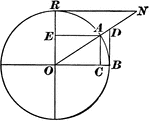
Versedsine and Coversedsine in Circle
The coversedsine is equal to 1 minus the sine. In this figure, AE is parallel to OB; hence, EO = AC…

Projection of Points in Circular Motion
Illustration of the projection of point P as it moves around a vertical circle of radius 3 in. in a…

Projection of Points in Circular Motion
Illustration of the projection of point P as it moves around a vertical circle of radius 2 ft. in a…

Coordinate Axis With Angles, Lines, and Perpendiculars Drawn
Coordinate axis with angle XOP equal to theta, Θ, and angle XOQ=180 - Θ. From any point in the terminal…
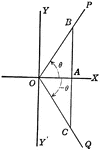
Coordinate Axis With Perpendiculars Drawn To Form Similar Right Triangles From Positive and Negative Theta, Θ
Angle XOP=Θ and angle XOQ=- Θ. From a point in the terminal side of each a perpendicular line is drawn…

Coordinate Axis With Perpendiculars Drawn To Form Similar Right Triangles
Angle XOP=Θ and angle XOQ=90+Θ. From a point in the terminal side of each a perpendicular line is…

Negative Cotangent Angles
Illustration that can be used to show that if the cotangent of an angle is negative the angle must terminate…
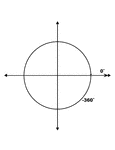
0° and -360° Coterminal Angles
Illustration showing coterminal angles of 0° and -360°. Coterminal angles are angles drawn in…
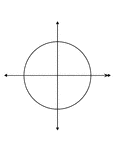
0° and -360° Coterminal Angles
Illustration showing coterminal angles of 0° and -360°. Coterminal angles are angles drawn in…

0° and -360° Coterminal Angles
Illustration showing coterminal angles of 0° and -360°. Coterminal angles are angles drawn in…
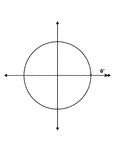
0° and -360° Coterminal Angles
Illustration showing coterminal angles of 0° and -360°. Coterminal angles are angles drawn in…
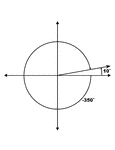
10° and -350° Coterminal Angles
Illustration showing coterminal angles of 10° and -350°. Coterminal angles are angles drawn…
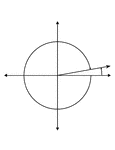
10° and -350° Coterminal Angles
Illustration showing coterminal angles of 10° and -350°. Coterminal angles are angles drawn…
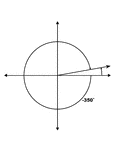
10° and -350° Coterminal Angles
Illustration showing coterminal angles of 10° and -350°. Coterminal angles are angles drawn…
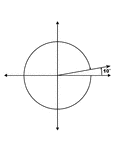
10° and -350° Coterminal Angles
Illustration showing coterminal angles of 10° and -350°. Coterminal angles are angles drawn…
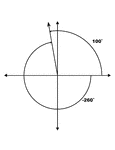
100° and -260° Coterminal Angles
Illustration showing coterminal angles of 100° and -260°. Coterminal angles are angles drawn…
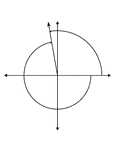
100° and -260° Coterminal Angles
Illustration showing coterminal angles of 100° and -260°. Coterminal angles are angles drawn…
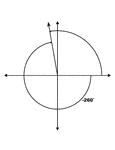
100° and -260° Coterminal Angles
Illustration showing coterminal angles of 100° and -260°. Coterminal angles are angles drawn…
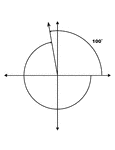
100° and -260° Coterminal Angles
Illustration showing coterminal angles of 100° and -260°. Coterminal angles are angles drawn…

105° and -255° Coterminal Angles
Illustration showing coterminal angles of 105° and -255°. Coterminal angles are angles drawn…
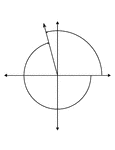
105° and -255° Coterminal Angles
Illustration showing coterminal angles of 105° and -255°. Coterminal angles are angles drawn…
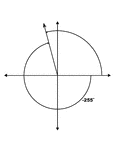
105° and -255° Coterminal Angles
Illustration showing coterminal angles of 105° and -255°. Coterminal angles are angles drawn…
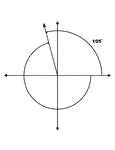
105° and -255° Coterminal Angles
Illustration showing coterminal angles of 105° and -255°. Coterminal angles are angles drawn…
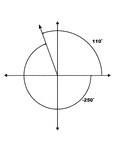
110° and -250° Coterminal Angles
Illustration showing coterminal angles of 110° and -250°. Coterminal angles are angles drawn…
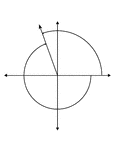
110° and -250° Coterminal Angles
Illustration showing coterminal angles of 110° and -250°. Coterminal angles are angles drawn…
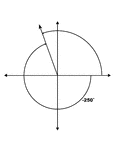
110° and -250° Coterminal Angles
Illustration showing coterminal angles of 110° and -250°. Coterminal angles are angles drawn…
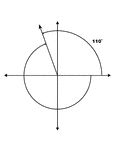
110° and -250° Coterminal Angles
Illustration showing coterminal angles of 110° and -250°. Coterminal angles are angles drawn…

115° and -245° Coterminal Angles
Illustration showing coterminal angles of 115° and -245°. Coterminal angles are angles drawn…
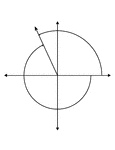
115° and -245° Coterminal Angles
Illustration showing coterminal angles of 115° and -245°. Coterminal angles are angles drawn…
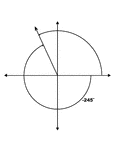
115° and -245° Coterminal Angles
Illustration showing coterminal angles of 115° and -245°. Coterminal angles are angles drawn…
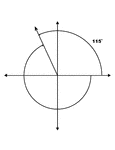
115° and -245° Coterminal Angles
Illustration showing coterminal angles of 115° and -245°. Coterminal angles are angles drawn…
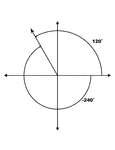
120° and -240° Coterminal Angles
Illustration showing coterminal angles of 120° and -240°. Coterminal angles are angles drawn…
